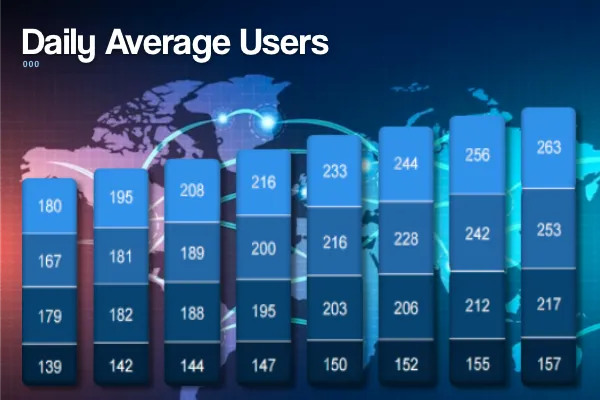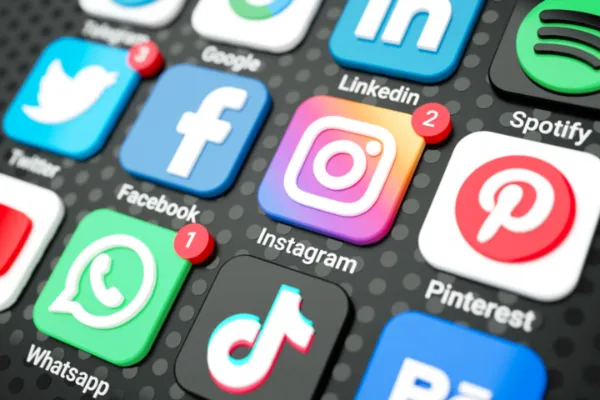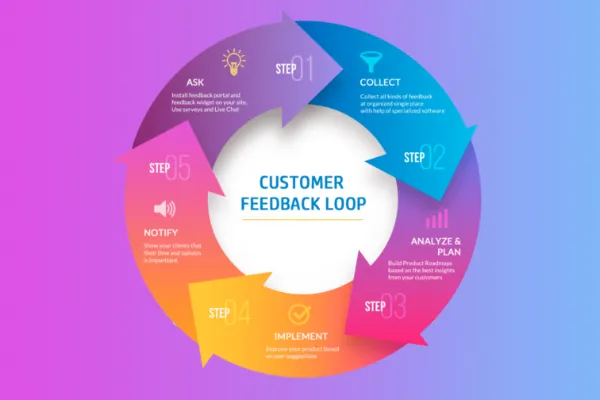Minimum Viable Product
For entrepreneurs and startups who need quick working (MVP) products to promote to early adopter customers and investors.

Test the market, not your bank balance
Get customers
before you launch


Launch today,
iterate tomorrow
Know before you grow

Tell Us About Your Project
Complete the project form explaining the idea you want to validate.
MVP Paperwork
You'll receive your MVP agreement for your review and signature.
Discovery Call
A discovery call to discuss your project with technical and commercial teams.
Onboarding & MVP Starts
You'll be assigned your Success Manager and your MVP starts.
how it works
Minimum viable product questions
A minimum viable product (MVP) is a version of a software product with just enough user features to allow you to collect the maximum amount of validated learning about customers with the least amount of effort, cost and time. The validated learning is then incorporated into future software development to help achieve product-market fit.
Like a proof of concept (PoC), a minimum viable product (MVP) is a software sprint exercise to evaluate the technological feasibility of an idea. It’s often a stand-alone project to validate if a core feature(s), functionality or ideas can be implemented, and will work as originally envisioned.
A MVP focuses on expanding the viability of a tested proof of concept hypothesis (your idea) to establish the MVP practicality before dedicating full-scale production resources (i.e. spending money on a full production software release).
A minimum viable product (MVP) is the next step in software development after validating your proof of concept (PoC). An MVP is used at the pre-product stage as it requires minimal investment to establish if your idea could be the next big thing.
The primary benefit of a minimum viable product (MVP) is the ability to validate customer demand before investing in further product development. An MVP gives you the ability to test and validate the minimum viable features necessary for customers to be willing to pay to use your product.
The sooner you establish customer value, the less time, effort, and money you’ll need to spend to achieve product-market fit. Product-market fit is achieved when your customers are buying, using and telling others about your product to sustain your product’s growth and profitability.
MVP’s save you money by quickly establishing the customer demand for your software functionality, at a fixed cost and time.
Other important benefits of a minimum viable product include:
- The ability to gain first impression feedback so you know if you are on the right track towards product-market fit
- You can start marketing (using video demos to build your early adopter waitlist) and onboard your first customers before investing into full-scale software production which costs more and takes longer time (than an MVP)
- MVPs help you discover the best technology stack for the software powering your MVP
- You’ll be able to gauge investor interest in the future software product and MVPs offer higher probability of raising funds
- You’ll be able to simplify and improve the ease of testing and validating ideas for your software’s functionality
A minimum viable product (MVP) is a releasable version of your product that contains enough core features to attract early adopters (potential customers). Early adopters can interact with your MVP, allowing you to understand user stories and needs. This valuable initial feedback often makes its way into your next MVP version to improve the user experience and help you focus on your target market’s needs.
MVPs are small in scale, fast and affordable, to help you validate market needs without the associated high costs required to build a full production version.
Whereas a proof of concept is a bare minimum feasibility study that serves to answer one question: “can this idea work?”
As a bare minimum, PoCs don’t prioritize user interface, user experience, security, or development best practices. PoCs exist to answer the question if your idea is viable and technologically possible.
You’ll retain an entire team to build your MVP with packages starting at $2,500 per month. You’ll get a dedicated Project Manager and full-time developer. The monthly MVP retainer suits entrepreneurs and startups who are still exploring ideas, features and functionality, as the project is being built. It’s more flexible and accommodates pivoting and/or changes in scope of work.
It’s just 4 steps to start:
- MVP brief: tell us about your project by completing the project form explaining your idea and the features and functionality you want in your MVP. We can also provide consultancy on viability and the best way to achieve your objective.
- Discovery call: once we receive your project form, you’ll get a discovery call to discuss your project with technical and commercial teams.
- MVP paperwork: you’ll receive your MVP agreement for review and signature.
- Onboarding: you’ll be assigned your Success Manager and your MVP project starts.
We’ll be very transparent from the beginning of your MVP brief so you’ll know exactly what you’ll get, when, and how much it will cost (before your project starts).
A good MVP process includes the following:
- Clearly defined criteria for success
- Documentation describing the MVP process
- An evaluation component; and
- A proposal for how to move forward should the MVP prove successful.
Yes, depending on the complexity of your project. We have delivered simple minimum viable products in just a few weeks.
Great minimum viable products delivered on time and budget start with strong MVP briefs – the initial consultation and data gathering stage. By understand what you’re trying to achieve – the customer’s time to value in features and functionality that you want to test, and the data you have (or don’t have) – we can understand the true scope of work and resources required. Once we know what outcome you want to achieve, we work backwards on the time and resources required to achieve your needs. We’ve delivered many MVPs for clients and are experienced in costing projects.
We understand iteration is the nature of minimum viable products. It’s why we offer a monthly retainer with a dedicated team at your disposal, so you get maximum agility and flexibility. Monthly retainers start for as little as $2,500 USD per month, payable by the month, as and when you need. No lock-in commitments.
Definitely. All intellectual property (IP) rights of your minimum viable product (MVP) remain your property, which is confirmed in writing (in our working agreement).
Absolutely. In addition to accepting standard fiat (USD), we also accept payments in stablecoin (USDC).
